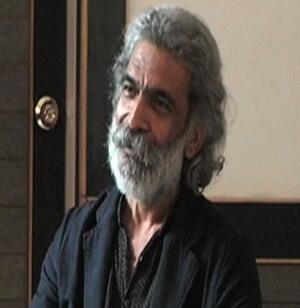Jogi Panghaal: Designing Centredness in Products and Services
Bangalore, 2 December 2008: It was 1994 when I met Jogi Panghaal for the first time during the Doors of Perception III conference, named ‘Info/Eco’. In this conference and workshop environment the challenge was to invent new pragmatic solutions to intervene in the developing environmental crises by using information technology.
Bangalore, 2 December 2008: It was 1994 when I met Jogi Panghaal for the first time during the Doors of Perception III conference, named ‘Info/Eco’. In this conference and workshop environment the challenge was to invent new pragmatic solutions to intervene in the developing environmental crises by using information technology.
Since then we have had the chance to collaborate on a number of occasions addressing the shift from product to service design as well as exploring the higher education realm. In these collaborations Panghaal’s insight in the relation between the quality of the sensorial experience and the social environment in which they occur, has been an inspiration to me. This time we meet in Bangalore where we have a long conversation in which we explore the impact of witnessed presence from the perspective of the interaction between human beings and the materials they touch and with which they interact.
----------------------
Read the interview here

 Caroline Nevejan
Caroline Nevejan



 Leen de Baat
Leen de Baat

 Jogi Panghaal,
Jogi Panghaal,